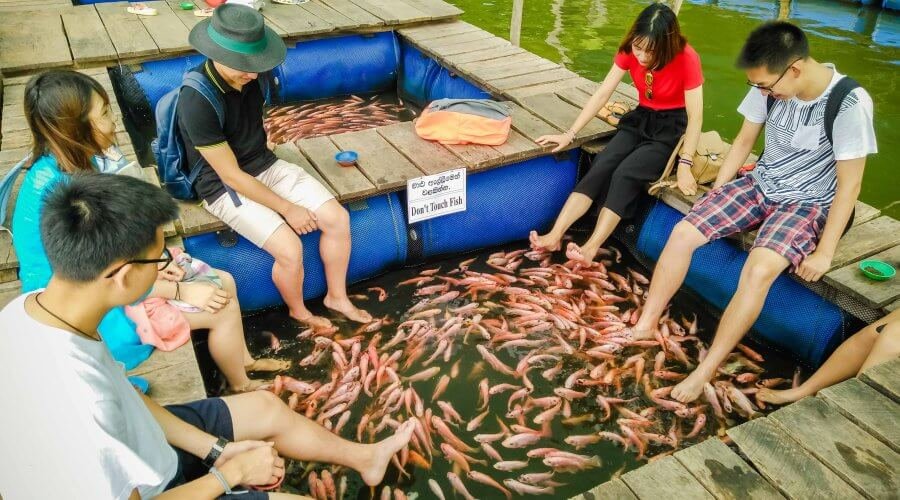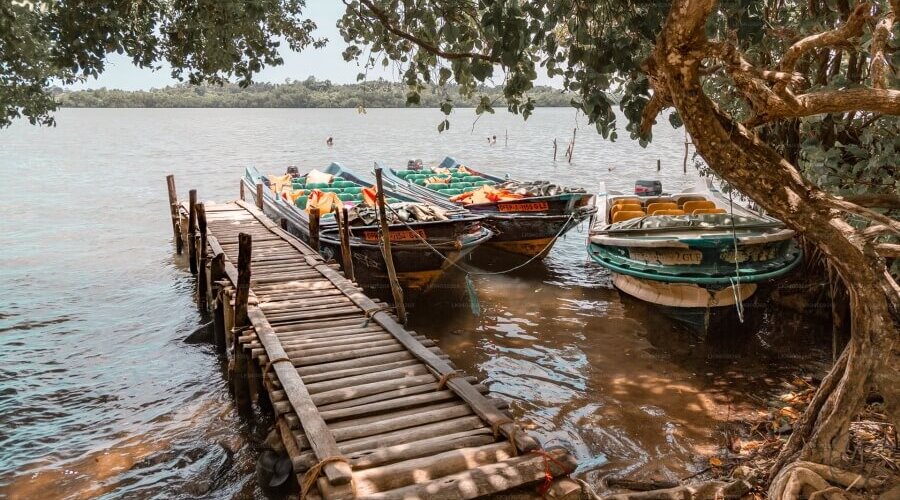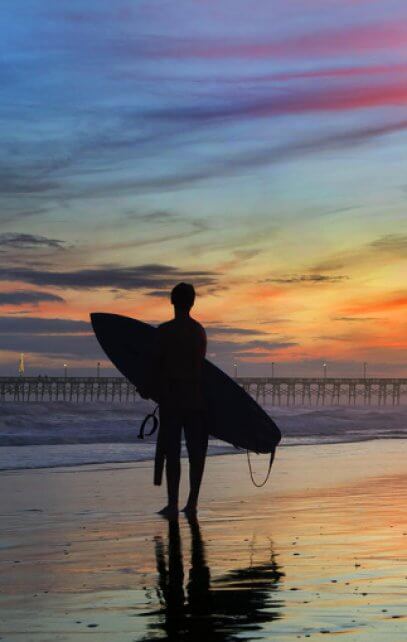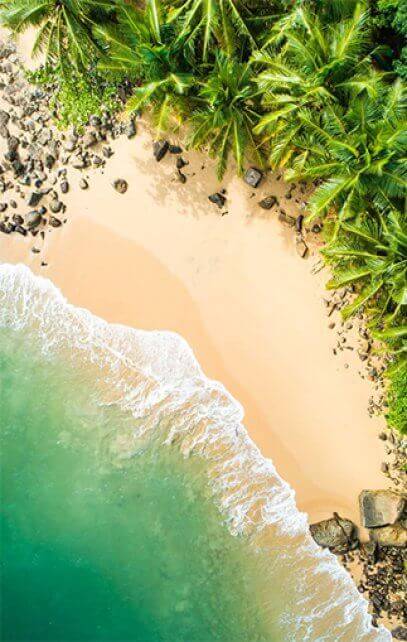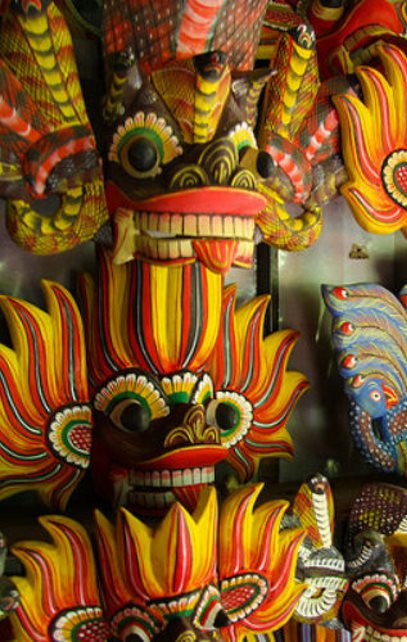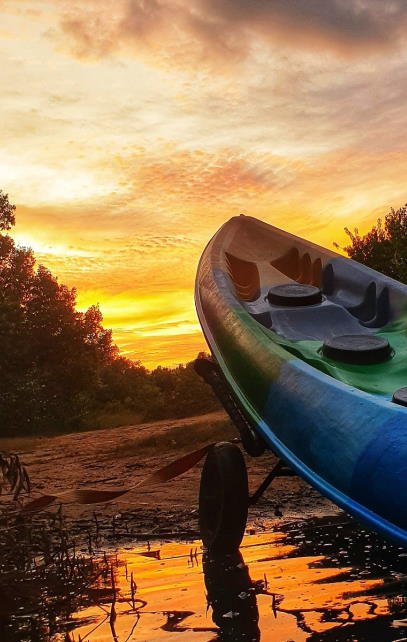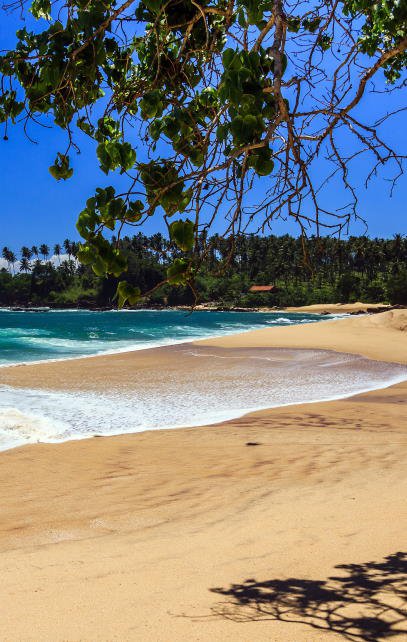 28°C
28°C Madu River Safari
Overview
Situated at Balapitiya, Madu Ganga is the second biggest wetland in Sri Lanka. Madu Ganga is the second biggest wetland in Sri Lanka. Abundantly rich in biodiversity, the river covers at least 150 acres of land and consists of 14 mangroves out of the 24 mangrove species found in Sri Lanka. The Madu Ganga wetland is considered to be one of the last remaining tracts of mangrove forests. The river also consists of 25 islands, out of which only 15 are of sizeable landmass and safe to visit. It is the best place to watch prawn farming and traditional fishing methods. It is also home to 300 species of plants and about 250 wildlife species which makes it a haven for the ecologists and the botanists.
Some of the islands square measure populous; however, all of measure coated in forests and shrubs. One of the larger populous islets, ‘Koth Duwa’, homes a Buddhist temple that dates back to the times of the oldest kings of the country. The main supply of economy for the locals of the Madu Ganga (River) region is the cinnamon trade. The freshly cinnamon is brought here to be bare-ass. By default, this additionally implies that the simplest quality cinnamon may be purchased at discount costs here. Those who are not in the cinnamon industry, earn from fishing or as boat guides. The fishermen either sit atop large branches planted in the water and fish using poles; or they tie nets between poles planted in the water to capture passing fish.
Visitors can book themselves for boat rides and bird-watching rides. The boat traverses through thick mangrove forests, which provide protection to a large number of aquatic birds, animal and plant species. One can get a chance to see crocodiles, water snakes, tree snakes, and wild boars in their natural habitat during the boat. Another interesting thing to do during the safari is the fish spa in the midst of the river. Sailing through the mangroves, one will encounter several rectangular fish tanks teaming with Gourami fish. The primary purpose of these fish tanks is to provide fish therapy. The natural environment around the fish spa is fantastic, and you get uninterrupted, scenic views of the vast mangrove forests.





